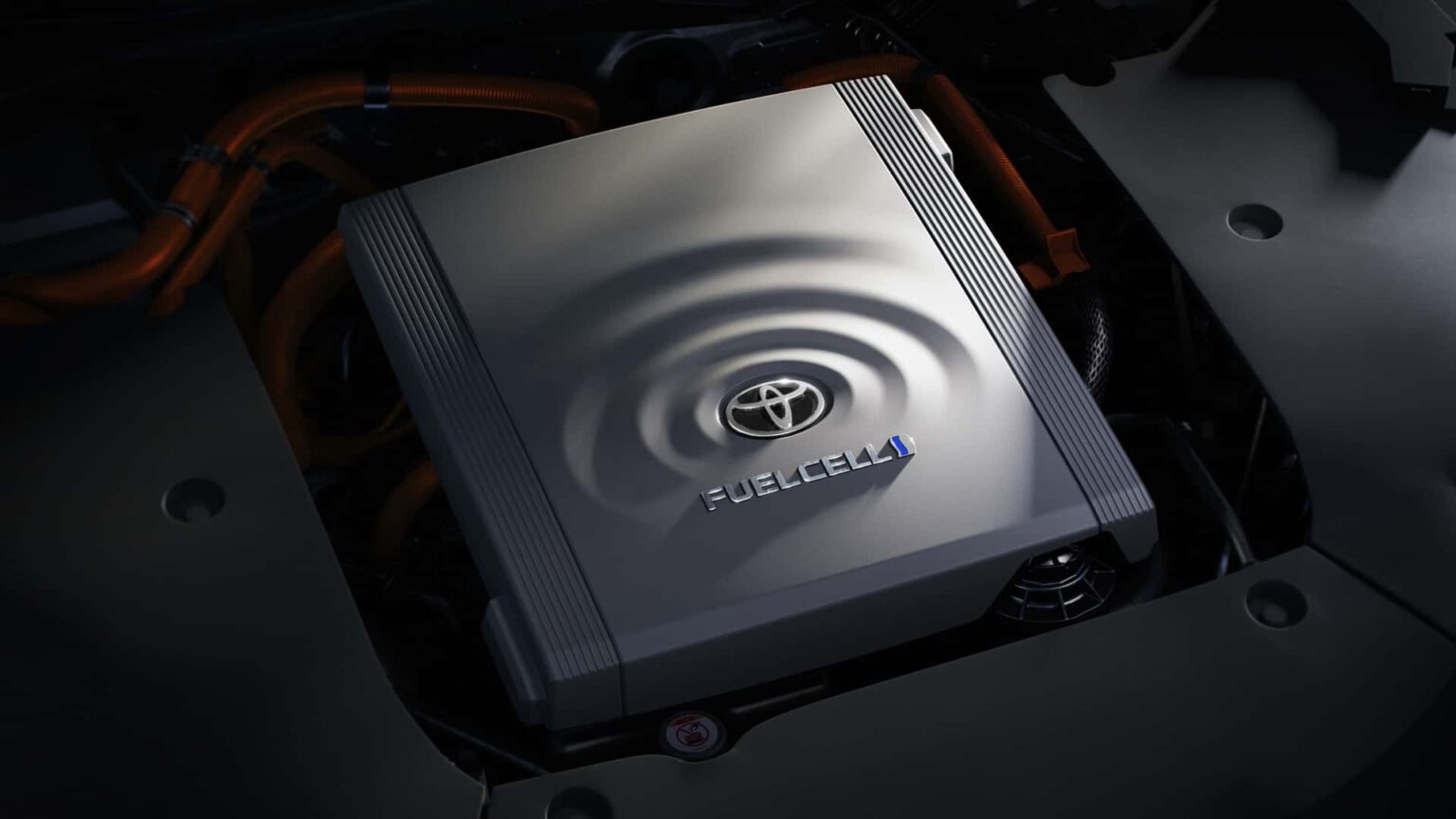Despite automakers investing heavily in battery-electric vehicles, many continue to experiment with hydrogen as an alternative fuel source. Toyota has 30 years of history with hydrogen under its belt, and the company still believes it could be the next big thing.
In an interview with Australia’s Car Expert, Sean Hanley, Toyota Australia’s vice president of sales, marketing, and franchise operations, suggested that hydrogen powertrains could replace diesel sometime in the next few decades. Hanley suggested:
‘Diesel’s not going to go anytime in the next decade, but beyond that—I think hydrogen will take over diesel. Eventually I think diesel in—not the foreseeable future—but in the longer term, I can’t imagine diesel necessarily being a fuel of the future, because the reality is a petrol [vehicle] can do everything it can do—plus some.
Even though Hanley admits that “people are poo-pooing hydrogen” at the moment, the vice president still believes that the technology could eventually replace the diesel powertrain. Hanley says the hydrogen refueling infrastructure in Australia would have to be “significantly better than what you have today,” but with the right investments, it could help spur adoption.
Hydrogen-powered Toyota Hilux
Hydrogen Hype, Hesitation, & History
Hydrogen isn’t a new fuel source. Toyota began developing hydrogen fuel-cell vehicles in the 1990s, and the history of hydrogen stretches back over 200 years to the 1807 de Rivaz engine. It was an internal combustion engine that ran on a mix of hydrogen and oxygen, not gasoline.
Throughout the 19th century, scientists experimented with hydrogen and primitive fuel-cell technologies. However, as gasoline-powered engines surged in popularity in the early 20th century, hydrogen research took a back seat.
That didn’t stop innovation entirely. In 1966, General Motors unveiled the Electrovan—the world’s first hydrogen fuel-cell vehicle. The project began two years earlier and involved more than 200 engineers. It coincided with NASA’s adoption of fuel-cell technology for the Apollo space program.
It wasn’t until 2014 that Toyota unveiled its first mass-produced hydrogen fuel-cell vehicle—the Mirai. Honda had introduced the FCX Clarity in 2008, predating Toyota’s car to market, but neither Honda nor Toyota’s FCVs sold in meaningful numbers.
Like electric vehicles, hydrogen requires infrastructure, and it’s something in the United States that lacks investment and is unlikely to improve anytime soon. Last year, Shell announced that it would immediately close all its fuel stations in California—all seven of them.
The limited infrastructure and low interest haven’t stopped every automaker from investing in researching the technology.
BMW launched its next-generation fuel-cell system earlier this month, and the company plans to put it into series production in 2028. It’s unclear what model it’ll power. BMW previously used X5 crossovers to experiment with the technology.
Stellantis has the opposite position, going as far as calling hydrogen a “niche segment” and ending its investment.
Either way, hydrogen fuel cell technology isn’t going anywhere anytime soon.
Read the full article here


